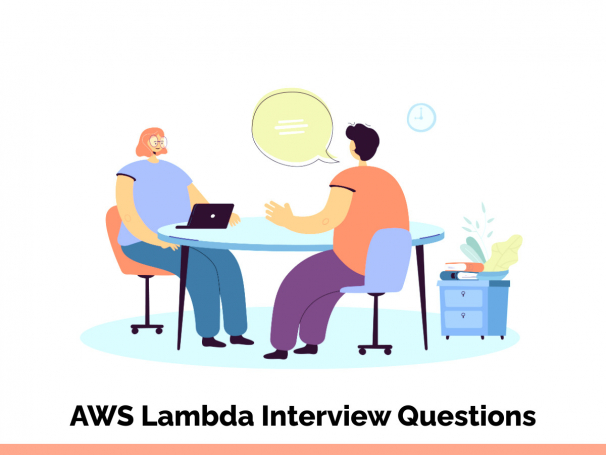There are many opportunities in the field of serverless computing, waiting for the correct candidate. With a market share of about 44%, AWS Lambda is one of the best servers-less computing platforms in the world. It has lots of benefits, for instance, no managing of servers, continuous scaling, and sub-second metering. It has lots of opportunities to be discovered with significant returns.
It is a big platform with lots of job perspectives also. With so many languages to be catered to, it has jobs ranging from system engineer to IoT Architect and cloud support associate. Thus, every year some fresher and more experience holders try to face the interview and land a job as serverless computing experts. There are lots of opportunities up for grabs in AWS Lambda Development.
We help you with a set of questions that can come up in the AWS Lambda Interview: Finally, Practice Here are the top 20+ AWS Lambda Interview Questions and Answers, which are mostly asked during lambda job interviews. you can also download here AWS Lambda Interview Questions PDF, completely free.

